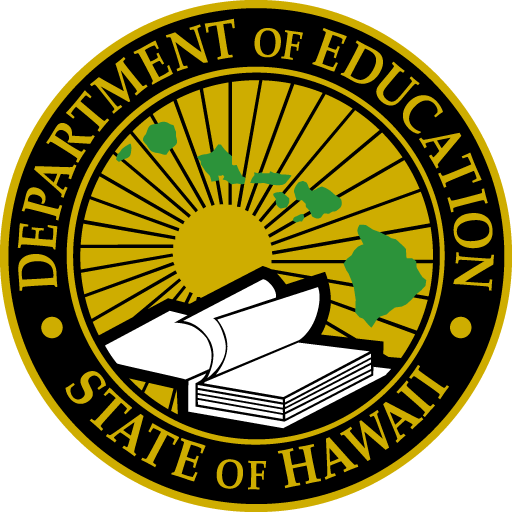All cultures and languages are valuable resources. Multilingualism creates learning environments that draw from the rich linguistic diversity and cultural strengths of Hawaiʻi’s students. The BOE recognizes the important role of multilingualism in providing a meaningful and equitable education for student achievement. The BOE’s Multilingualism for Equitable Education Policy—Policy 105-14 (PDF)—guides the HIDOE and its schools to embrace, promote and perpetuate multilingualism and multiculturalism to support learners, families and communities.
Hawaiʻi is multicultural and multilingual. There are two official state languages—Hawaiian and English. Up to 14% of students have been identified as English Learners (ELs) over the past five years; the top five languages spoken at home are Ilokano, Chuukese, Marshallese, Tagalog and Spanish. Studies consistently show that when students’ identities, histories, cultures and languages are included in a meaningful and equitable way, they are better able to learn and succeed in school and beyond.
Goals
The three overarching goals outlined in the policy include:
- Provide a range of language program(s) for multilingual students, which include students identified as EL and students who want to learn an additional language;
- Provide effective educators with appropriate knowledge, skills and instructional materials; and
- Provide outreach supports to families to become actively engaged in their children’s education.
The goals for this policy were written to be inclusive of all major language groups in Hawaiʻi: Hawaiian, English, World/Heritage Languages, and American Sign Language.
Following the policy approval in 2016, a working implementation plan was created by the Multilingualism Policy Work Group that incorporated all elements of the policy into a working document with six goals:
- Goal 1: Provide a range of language programs for multilingual students
- Goal 2: Provide effective educators with the appropriate knowledge, skills, and materials
- Goal 3: Provide outreach supports to families
- Goal 4: Establish a permanent advisory committee
- Goal 5: Provide an annual report to the BOE
- Goal 6: Seek necessary funds to implement the Multilingualism Policy
Benefits
Research findings of Benefits of Multilingualism (PDF) have consistently pointed to the academic, linguistic and social benefits of allowing students identified as ELs to continue developing their home languages while learning English. Examples of such benefits include: gaining content knowledge in familiar languages, which positively impacts cognitive development; greater proficiency in multiple languages; and affirmation of students’ identities, which positively impacts achievement.
Research findings have also pointed to various benefits of bi/multilingualism for young people who are not identified as ELs. These benefits include improved multitasking skills, deeper awareness and appreciation of different cultures, and increased cultural competence. It is because of these benefits that HIDOE has established a biliteracy seal that students may optionally pursue to enhance their diploma.
Many Hawaiʻi schools are already integrating multilingualism and multiculturalism into their school culture and curriculum in a variety of ways.
